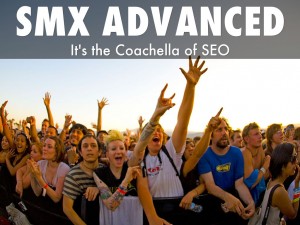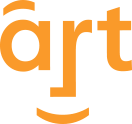
It’s been a few weeks since the SMX conference took up residency in Seattle focusing on advanced search marketing tactics. As with most conferences, it has taken us a couple weeks to wrap our heads around all the great information we received over the two days.
This year’s conference definitely did not disappoint and was jam packed with educational sessions following three tracks:
- SEO
- Paid Search
- Local, Social and Mobile.
Topics, Conversion and Engagement didn’t have their own tracks, however they was covered in many sessions and we received a lot of great, applicable takeaways we thought were worth sharing. While the other three tracks were focused on getting traffic to your site, it’s just as important to learn how to better engage users once on the site – thus getting them to convert. Which is the whole point, right?
SEO
- Quality Content is King: Average word count has increased by 12% in the last year. Focus on user intent rather than keywords. Where are they in the buying cycle? What information are they looking for? Provide them with content that answers their questions and moves them along the buying cycle to conversion. Don’t focus on one keyword per page, include relevant keywords to the topic to capture long tail searches and show authority on the topic.
- Links Still Matter: Quality over quantity. More internal links aren’t necessarily a better user experience. Pass authority to your most important pages, and the majority of your content should be accessible within 3 clicks. External links are still important, but they should be from relevant sites with good authority. A few good links are better than a lot of poor quality links.
- Voice is Changing Search: Google’s head of web spam, Matt Cutts, gave a demo of how voice commands are changing search. The first search may have your target keyword, such as “Where is the Space Needle?” But each question after that doesn’t – “How tall is it”, “What restaurants are close to it”, “How about Italian?” Each question is answered by an audio response; the user doesn’t see search page results until the last query. This is especially relevant to local businesses.
PAID SEARCH
- Ideas for Ads. Most come from brainstorm sessions with your team or agency. Broaden focus to include customer reviews, blog comments, social media engagement, recorded phone calls, search query data. What are your customers already saying about you? What are they searching for on your site? Compile data in spreadsheet, run keyword density analysis to see what comes up the most.
- Conversion per Impression. Use this as an ROI metric.
- Target Users by Browser and Device Operating Systems. Safari clicks are twice as valuable as other browsers, IOS has better conversions than Android.
LOCAL, SOCIAL and MOBILE
- Mobile Page Load Speed is Crucial. Search engines want to give users best experience. Your content may be better, but if they have to wait for page to load to read it they’ll leave, and search engines will return a better result (not yours).
- Mobile Ad Auction is Broken. No mobile ad impression share below position 4. CTR 5% for position 1, drops to 2.5% for position 2. 86% of mobile time is spent in apps.
- Mark Up Mobile Forms with Auto Complete. Much better user experience if they have to type less on mobile device which can lead to better conversions.
CONVERSIONS / ENGAGEMENT
- Scroll = engagement. Bounce rates are recorded when a user lands on a page and leaves before going to second page. This isn’t an accurate reflection of engagement. If someone is reading an article and scrolling down the page, they are engaged with your content. If they click to watch a video on the page they are engaged. Use event tracking in Google Analytics to capture video views and scrolling.
- Test Small Design Changes. No more major redesigns. Test different page elements to improve conversions. Work on header, footer, navigation, product page elements and category page elements individually. Constant testing will result in subtle changes and improved design on an ongoing basis.
- Don’t Follow Conversion Best Practices. Your audience is different, and what works for others may not work for you. A more savvy audience will be turned off by large buttons and strong calls to action; they don’t want to feel like they are being marketed to. Security symbols can trigger anxiety rather than reassurance.
- Use Mobile Specific Calls-to-Action. No downloads, call instead.
Were you at the conference? Now that you’ve had some time to digest it all, we’d love to know what your top takeaways were! Please leave them in the comments below.



